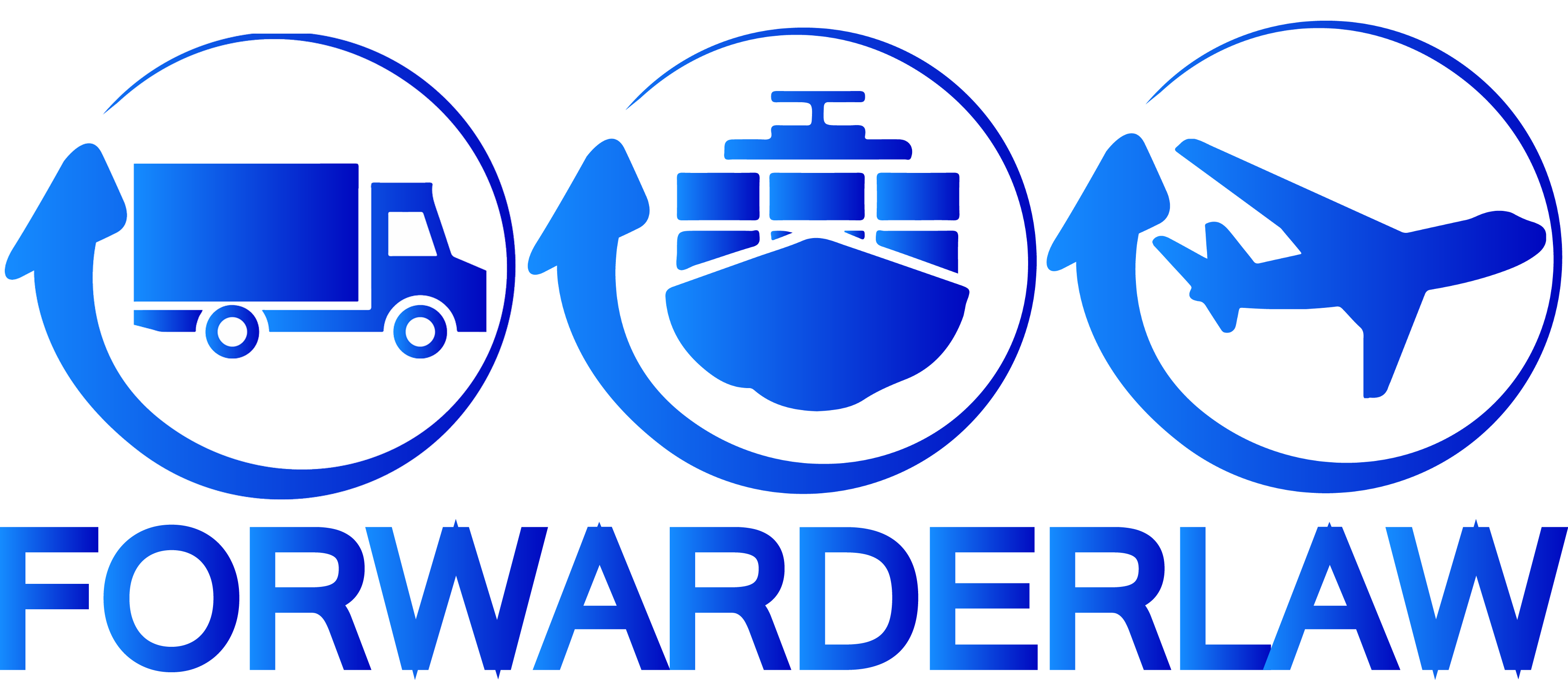Gavin Magrath, Magrath’s International Legal Counsel, Toronto, Canada
CIFFA Members should be aware that several major carriers – including Maersk, Hapag-Lloyd, HMM and OOCL – have recently moved to impose very large fines for misdeclared cargo. Maersk, one of the early adopters, will impose fines of USD$15,000, while Evergreen announced fines of up to USD$35,000 per container for any omission, concealment or misdeclaration of hazardous cargo.
Carriers insist these measures are necessary to improve safety and security of ocean-going vessels. According to recent reports, the Cargo Incident Notification System identifies misdeclared cargo as the cause of nearly ¼ of all serious incidents on board containerships; a recent private survey of import containers carried out for several carriers by the National Cargo Bureau found approximately 50% of imported containers in the 500 container sample had declaration problems.
Although the cause of the fire in its forward cargo hold has not been formally identified, cargo misdeclaration is suspected to have been at the root of the Maersk Honan fire of 2018, which resulted in the deaths of five crew members.
Readers may recall that the current SOLAS requirements for VGM declarations were implemented in the wake of the MSC Napoli incident back in 2007; that effort, of course, was led not by carriers unilaterally but by the International Maritime Organization. This unilateral imposition of fines as a partial solution to the problem of misdeclared goods has concerned forwarders worldwide, and FIATA has called for urgent dialogue with carriers in respect of the practice.
One concern is the scope of application: it is not clear at this time whether these fines will apply to any misdeclaration of cargo, or only to misdeclaration of dangerous goods. Additionally, at least one carrier is pushing for the sharing of misdeclaration between lines, in effect blacklisting possibly innocent shippers who misdeclared cargo through error rather than fraud.
LCL shipments raise a particular concern, as they offer little opportunity to a consolidator to verify and confirm shipper declarations as to content (as opposed to verified gross mass, which can easily be established and verified).
Back in 2018 the Standard Club published an excellent backgrounder on Dangerous Goods classification and declaration which suggested, among other responses, that carriers could increase capacity and move to a flat rate for properly declared dangerous cargoes, reducing the time and expense to shippers and, in the result, the structural incentives that incentivize shippers to misdeclare dangerous goods. This does not seem to be commercially likely, with certain carriers including Hapag-Lloyd increasing the frequency and scope of its DG verification and inspection process.
What can Freight Forwarders do to minimize risks and liabilities arising out of misdeclared dangerous goods as the industry adjusts?
First, review your “Know Your Customer” (KYC) policies and processes. Is your customer a manufacturer or similar industrial client? Are they a subsidiary or trading arm of such a company? Or are they simply a trading company buying and selling commodities for profit and without any significant assets? The identity of a major manufacturer or industrial consumer of DG should be relatively easy to verify, and these customers are likely to have both good internal practices for handling DG as well as assets to respond to any liability. A subsidiary or related sales company may also offer such protection, but only where the relationship to (and liability of) the parent company is confirmed. Dishonest traders may attempt to spoof or mimic the business name of a larger and more reliable shipper.
Second, cargo descriptions must be reviewed by someone familiar with DG regulations and classifications to identify vague or synonymous description that might indicate DG. For example, “fertilizer” may include a wide range of volatile compounds, while shipments of “electronics” or “e-commerce products” may include lithium batteries, which are DG requiring a declaration. These and other cargo descriptions, which may hint at undeclared DG, need to send up red flags that result in follow up verification steps.
Third, be aware of changes to documents and descriptions of cargo. Changes to the identity of shipper or consignee, in particular, are changes to the principal parties to the contract for carriage who have liability at law and contract, so any such changes should set up a red flag and result, at the very least, in renewed KYC efforts in respect of the newly named parties. Similarly, an unscrupulous shipper might request a quotation on (non-DG) e-commerce products, and later change the description to include laptops and batteries: the change in product description should set up a red flag and result in immediate verification steps.
Fourth, do not rely on guarantees or letters of indemnity unless backed by a bank with clear and specific rules for negotiating the indemnity. A letter of indemnity from a shipper or consignee is worth no more than their willingness and ability to pay: the guarantee of a large and stable company with assets in your jurisdiction provides some reasonable security; the guarantee of a paper trading company is worth very little; and the guarantee of a fraudster or rogue is worth nothing at all.
Finally, when doing business through an overseas agent or collaborator, ensure that business partner is trustworthy, has assets, and also takes reasonable steps to identify and verify the identities of their customers and the accuracy of their declarations. Misdeclaration is more common in imports to North America than it is with exports, and therefore you should be only taking business from foreign correspondents who you can trust to vet their shipper customers and also to respond to claims, charges, and carrier fines imposed when the worst case scenario becomes the actual scenario.

